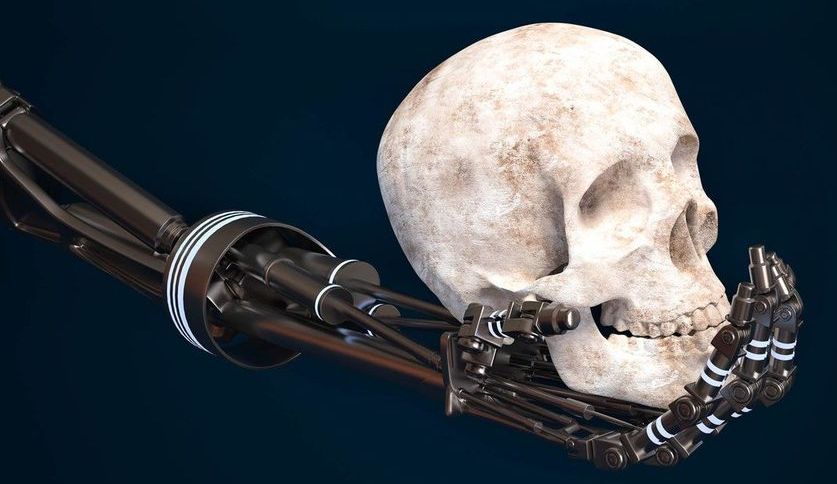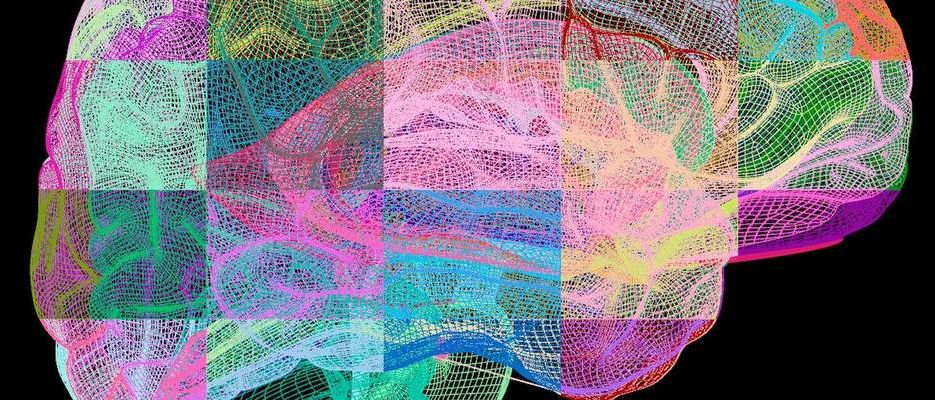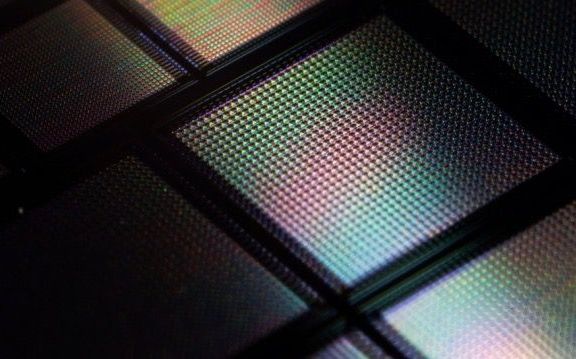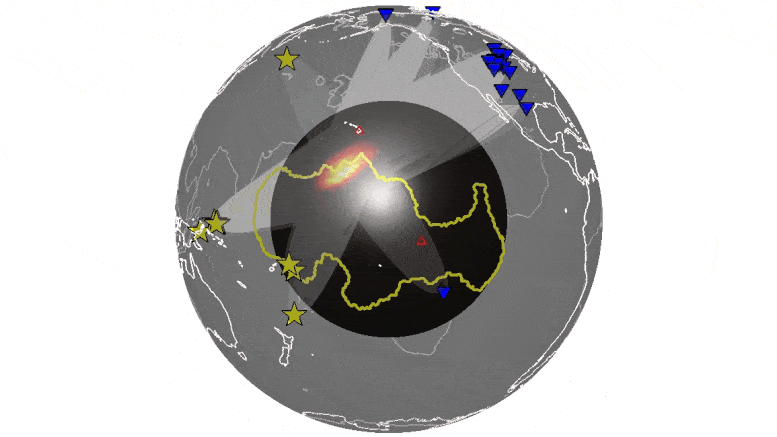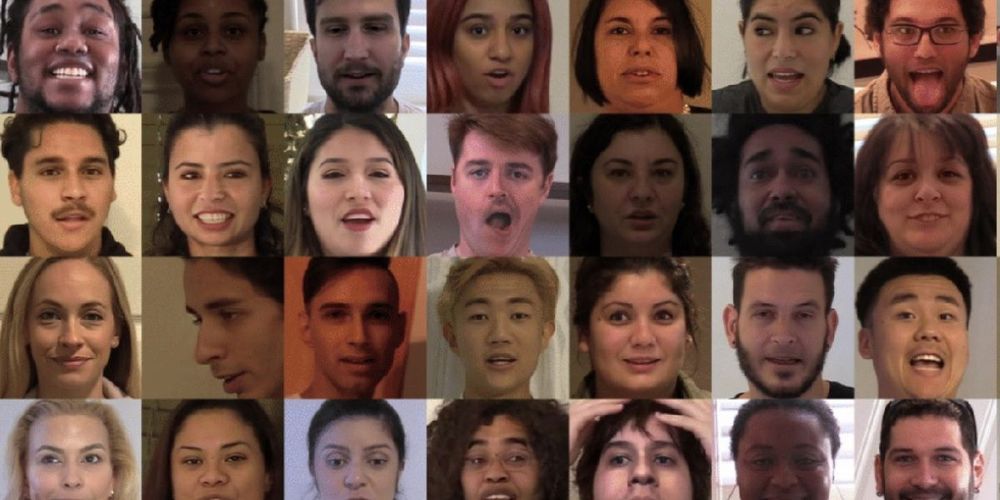Page 7386
Jun 13, 2020
Meet the Future Tech the U.S. Army Wants to Use for Its Soldiers
Posted by Quinn Sena in categories: futurism, robotics/AI
Jun 13, 2020
Are AI-Powered Killer Robots Inevitable?
Posted by Derick Lee in categories: drones, military, nuclear weapons, robotics/AI, singularity
Autonomous weapons present some unique challenges to regulation. They can’t be observed and quantified in quite the same way as, say, a 1.5-megaton nuclear warhead. Just what constitutes autonomy, and how much of it should be allowed? How do you distinguish an adversary’s remotely piloted drone from one equipped with Terminator software? Unless security analysts can find satisfactory answers to these questions and China, Russia, and the US can decide on mutually agreeable limits, the march of automation will continue. And whichever way the major powers lead, the rest of the world will inevitably follow.
Military scholars warn of a “battlefield singularity,” a point at which humans can no longer keep up with the pace of conflict.
Jun 13, 2020
How decoding the brain can heal anxiety and restore sensations
Posted by Genevieve Klien in categories: biotech/medical, computing, neuroscience
While modern, scientific understanding of this complex network of neurons between our ears really only began in the last few decades, we’ve already learned a lot about the body’s control center — and have been given a lot to think about.
In this episode of The Abstract, we discuss the groundbreaking research in brain-computer technology offering new hope in restoring sensations and treating anxiety.
Our first story is about groundbreaking research in brain-computer interfaces that’s offering new hope for those who have lost their sense of touch. By decoding neural signals from the brain, researchers were able to create movement and sensory perception in paralyzed limbs. Innovations like these in sense-restoring technology could be life-changing for spinal cord patients and make a devastating loss of sensation reversible.
Jun 13, 2020
SpaceX launches 58 Starlink satellites and 3 Planet SkySats, nails rocket landing
Posted by Genevieve Klien in categories: internet, satellites
SpaceX successfully launched its first Starlink rideshare mission into orbit today (June 13), lofting 58 Starlink internet satellites along with three Earth-observation satellites before nailing a rocket landing at sea.
Jun 13, 2020
MIT’s Tiny New Brain Chip Aims for AI in Your Pocket
Posted by Genevieve Klien in categories: information science, robotics/AI
The human brain operates on roughly 20 watts of power (a third of a 60-watt light bulb) in a space the size of, well, a human head. The biggest machine learning algorithms use closer to a nuclear power plant’s worth of electricity and racks of chips to learn.
That’s not to slander machine learning, but nature may have a tip or two to improve the situation. Luckily, there’s a branch of computer chip design heeding that call. By mimicking the brain, super-efficient neuromorphic chips aim to take AI off the cloud and put it in your pocket.
The latest such chip is smaller than a piece of confetti and has tens of thousands of artificial synapses made out of memristors—chip components that can mimic their natural counterparts in the brain.
Jun 13, 2020
From bacteria to you: The biological reactions that sustain our rhythms
Posted by Genevieve Klien in categories: biotech/medical, chemistry, evolution
Every second of every day, countless biochemical reactions take place in our bodies’ cells. The organization of this complex system is the result of billions of years of evolution, fine-tuning our functions since the first primordial organisms.
One such vital reaction is “methylation,” where a methyl group —a carbon atom linked to three hydrogen atoms—attaches itself to a target molecule. Methylation is involved in the regulation of everything from DNA to proteins, and it is so vital that it can be found in all living organisms.
In a recent paper published in Communications Biology, a team of researchers lead by Jean-Michel Fustin and Hitoshi Okamura from Kyoto University’s Graduate School of Pharmaceutical Sciences has uncovered an intimate connection between methylation and the body’s circadian rhythms: a link that exists even in organisms that don’t traditionally “sleep,” such as bacteria.
Jun 13, 2020
Unexpected Widespread Structures Detected Near Earth’s Core – “A Totally New Perspective”
Posted by Genevieve Klien in category: geology
University of Maryland researchers conduct first simultaneous analysis of hundreds of earthquakes to identify echoes from features deep inside Earth.
University of Maryland geophysicists analyzed thousands of recordings of seismic waves, sound waves traveling through the Earth, to identify echoes from the boundary between Earth’s molten core and the solid mantle layer above it. The echoes revealed more widespread, heterogenous structures—areas of unusually dense, hot rock—at the core-mantle boundary than previously known.
Scientists are unsure of the composition of these structures, and previous studies have provided only a limited view of them. Better understanding their shape and extent can help reveal the geologic processes happening deep inside Earth. This knowledge may provide clues to the workings of plate tectonics and the evolution of our planet.
Jun 13, 2020
Night owls have more grey matter in their brains than early birds
Posted by Genevieve Klien in categories: biotech/medical, neuroscience
Being a late-riser suggests you could have more grey matter in your brain, a study from Brunel University London has shown.
A new survey of thousands of MRI scans revealed that people with a preference for waking up in the late hours of one morning, and going to bed in the early hours of the next, are likely to have a higher volume of grey matter in their precuneus, a key area of the brain associated with social behaviour.
Previous studies have shown that lower volumes of grey matter are associated with how empathetic or cooperative a person is, traits that scientists have also previously found correlate with being an early bird, suggesting such personality traits could be underpinned by a physical signature.
Jun 13, 2020
Facebook just released a database of 100,000 deepfakes to teach AI how to spot them
Posted by Genevieve Klien in categories: cybercrime/malcode, robotics/AI
Deepfakes have struck a nerve with the public and researchers alike. There is something uniquely disturbing about these AI-generated images of people appearing to say or do something they didn’t.
With tools for making deepfakes now widely available and relatively easy to use, many also worry that they will be used to spread dangerous misinformation. Politicians can have other people’s words put into their mouths or made to participate in situations they did not take part in, for example.
That’s the fear, at least. To a human eye, the truth is that deepfakes are still relatively easy to spot. And according to a report from cybersecurity firm DeepTrace Labs in October 2019, still the most comprehensive to date, they have not been used in any disinformation campaign. Yet the same report also found that the number of deepfakes posted online was growing quickly, with around 15,000 appearing in the previous seven months. That number will be far larger now.


